The latest guest on From the Mic is Cis Hinkle. Cis has delighted contra and square dancers since 1985 with her skilled teaching, welcoming manner, playful enthusiasm and masterful selection of dances. She talks with Mary about the first time she stumbled into a contra dance in her native Atlanta; shares how she overcame stage fright and began calling all over the world; and brings us right up to her most recent pursuit, learning to call modern western squares.
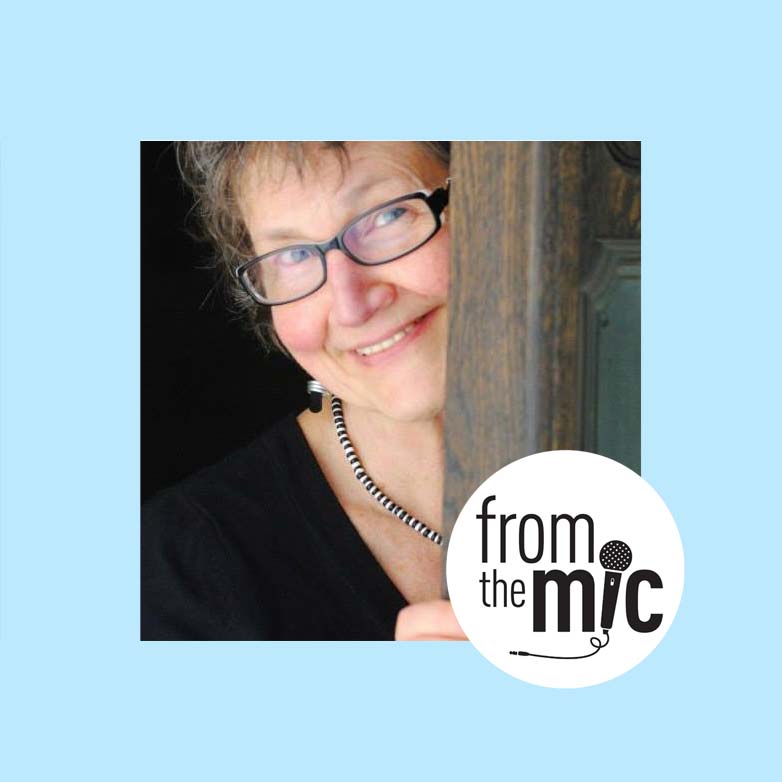

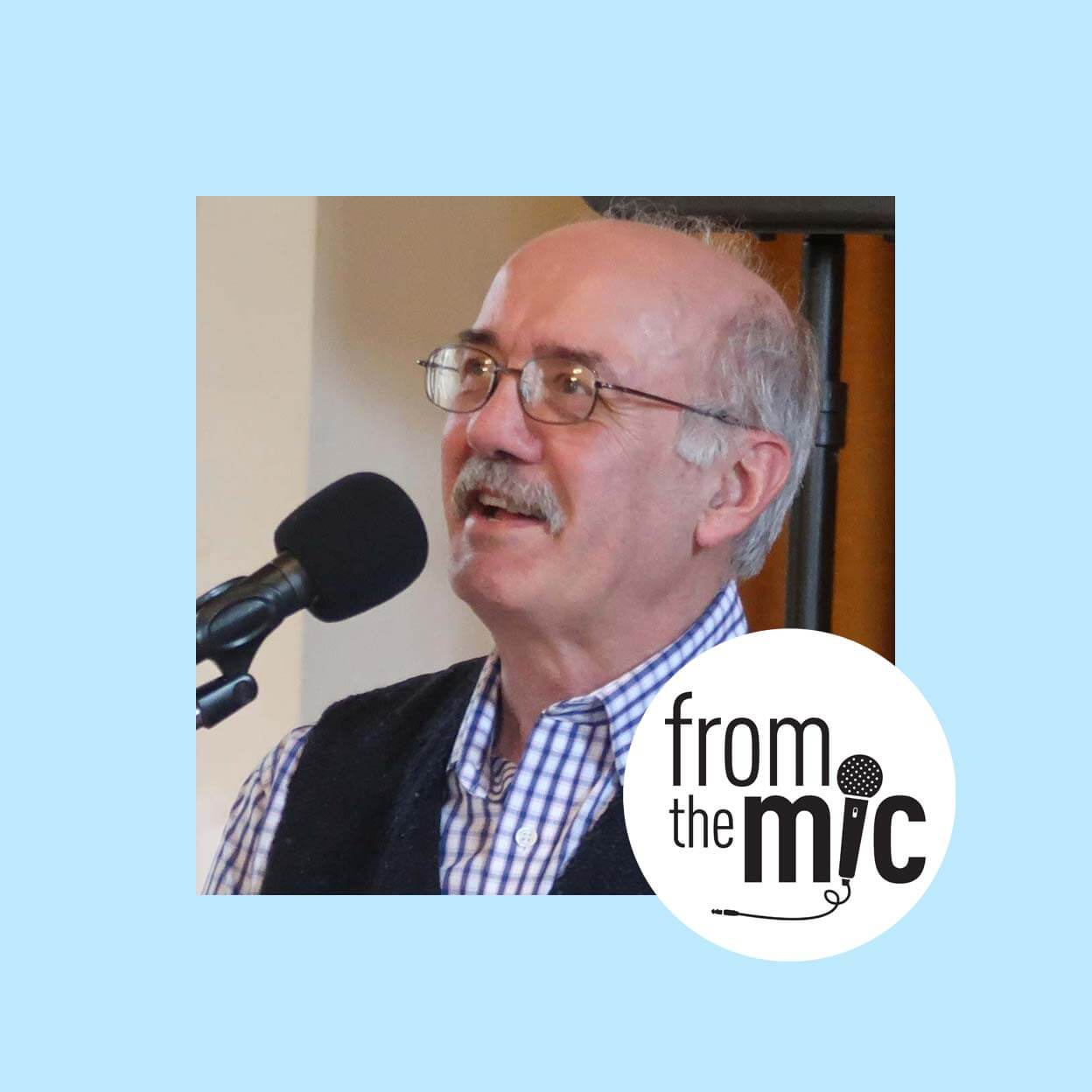
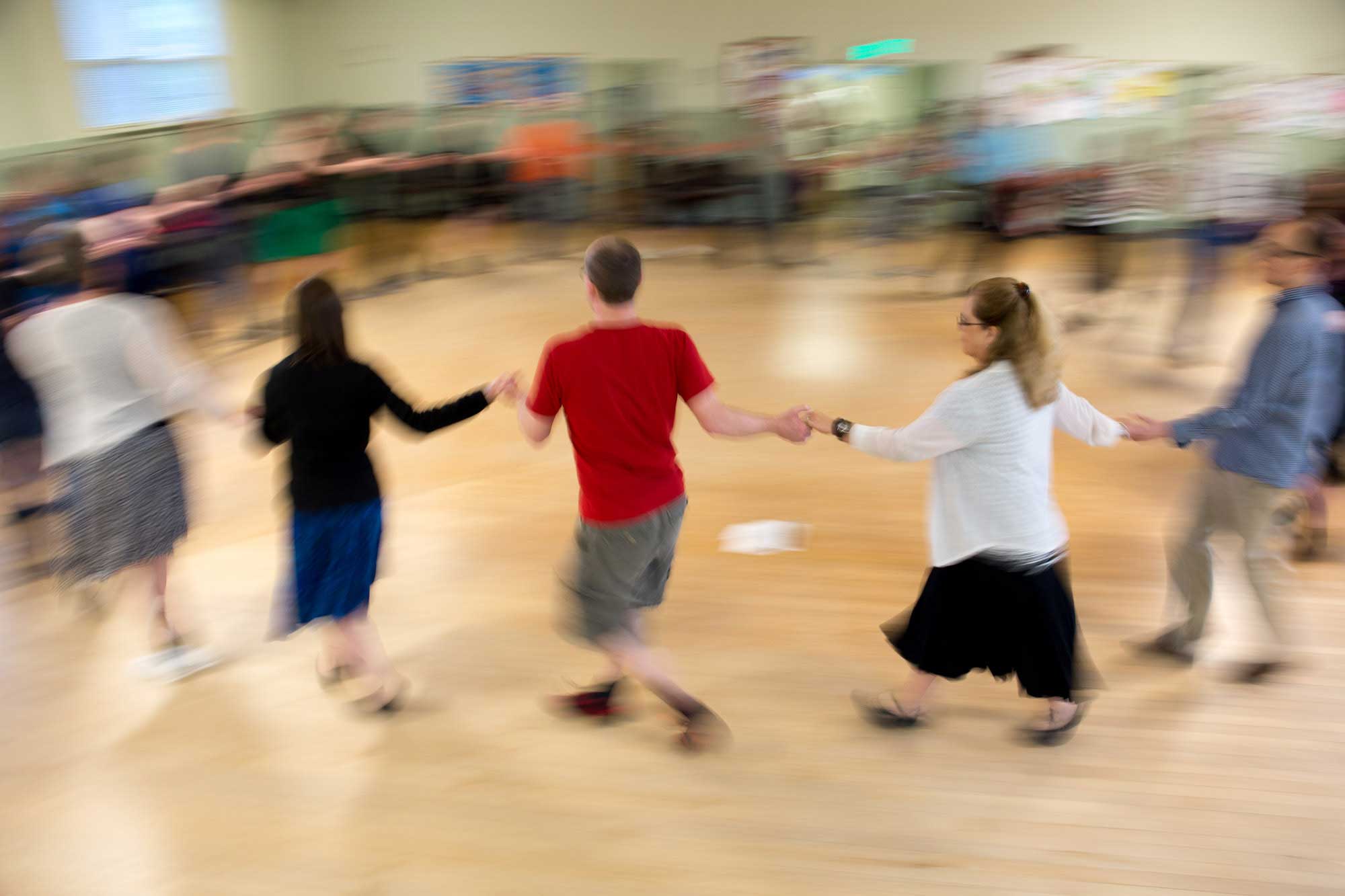
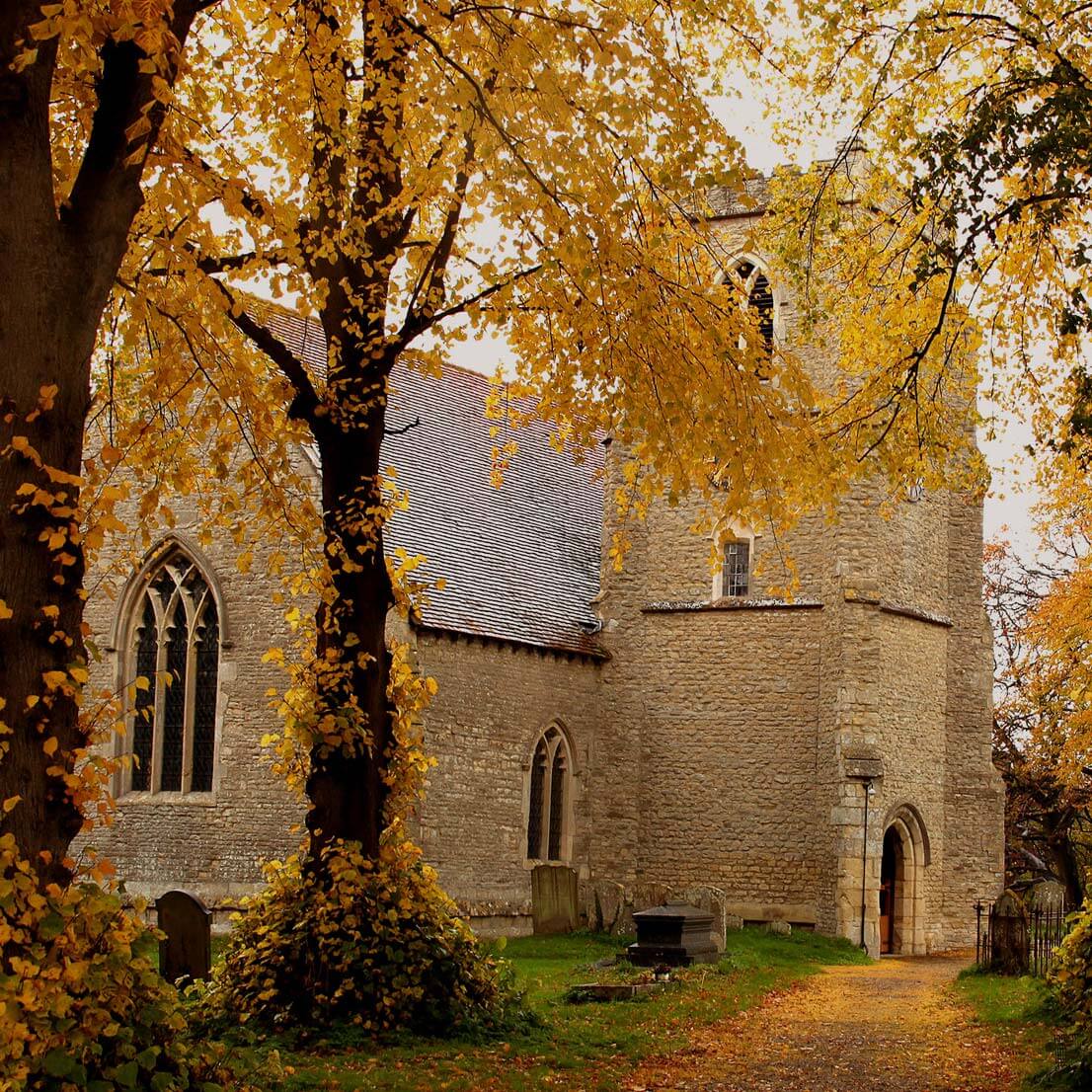
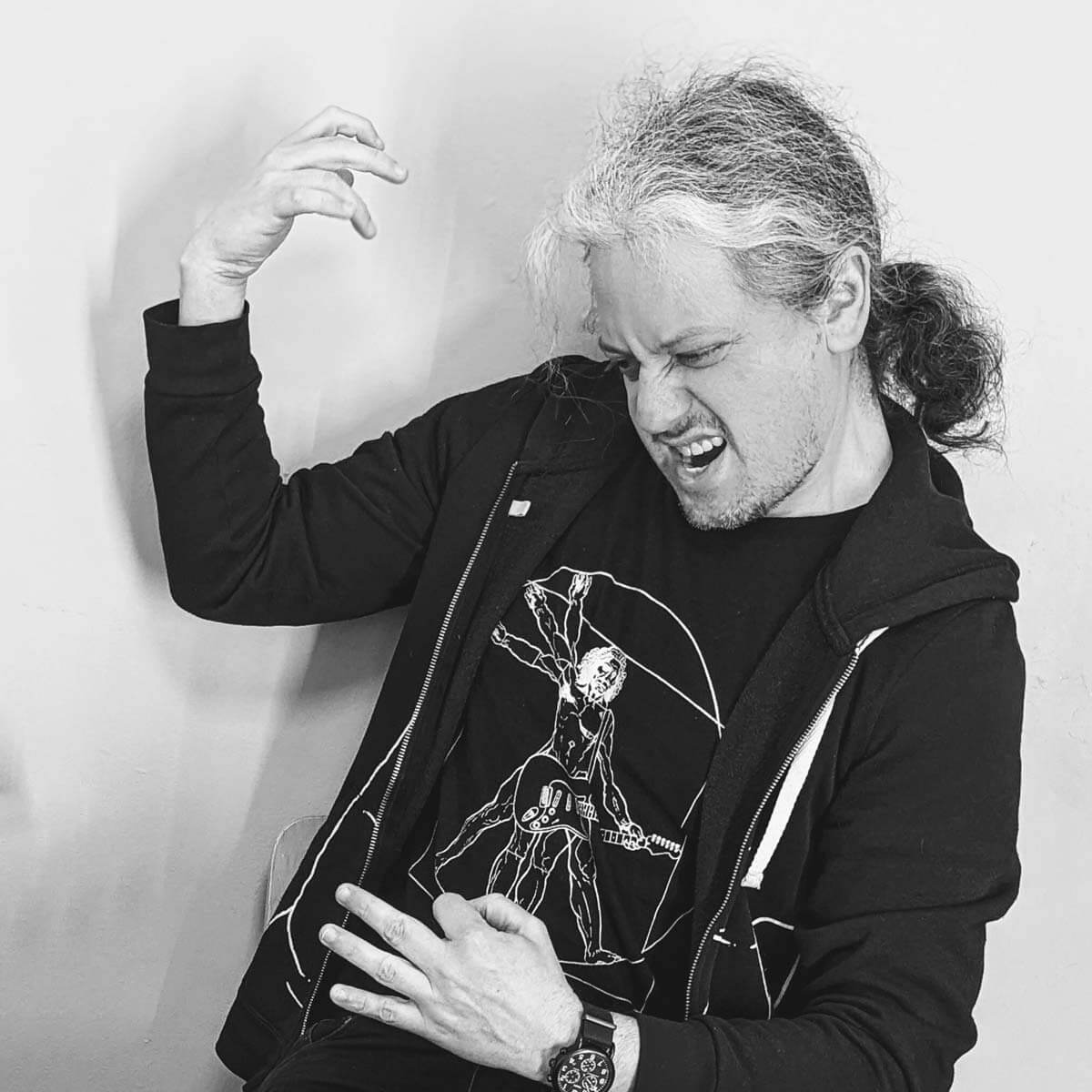
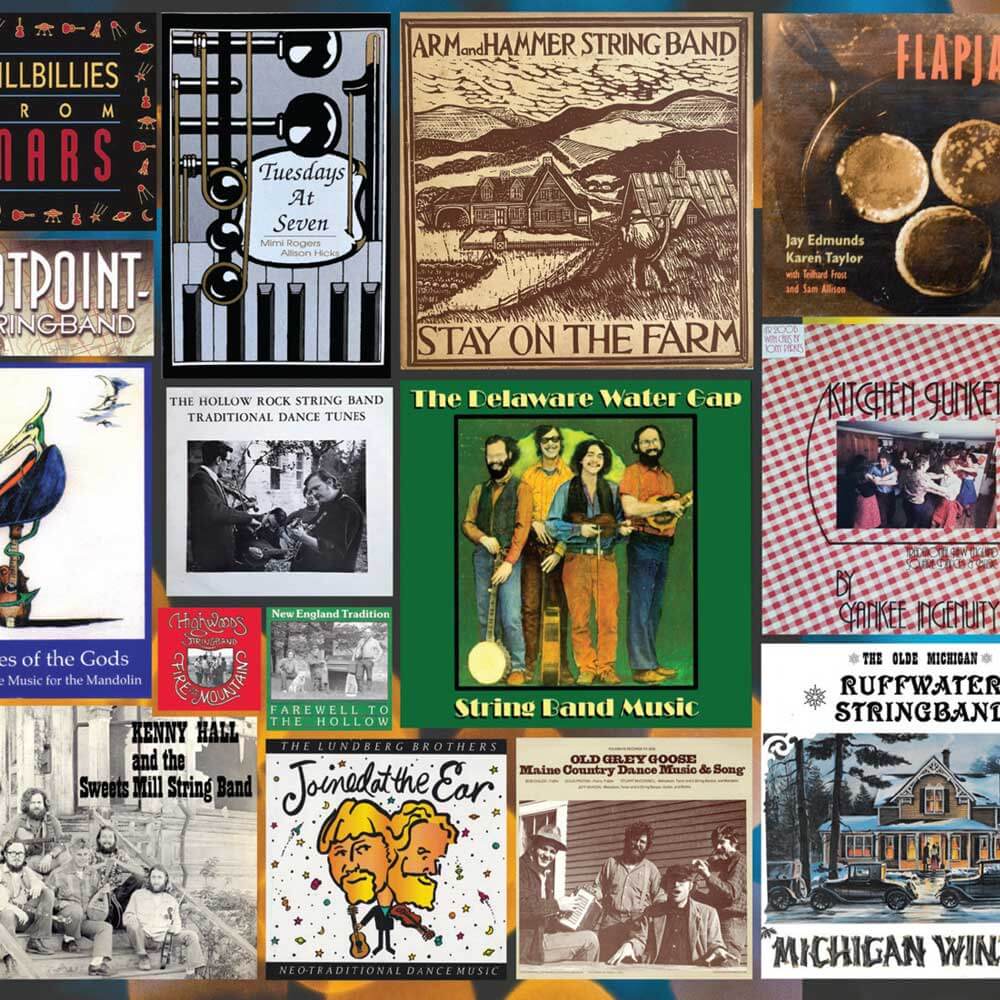
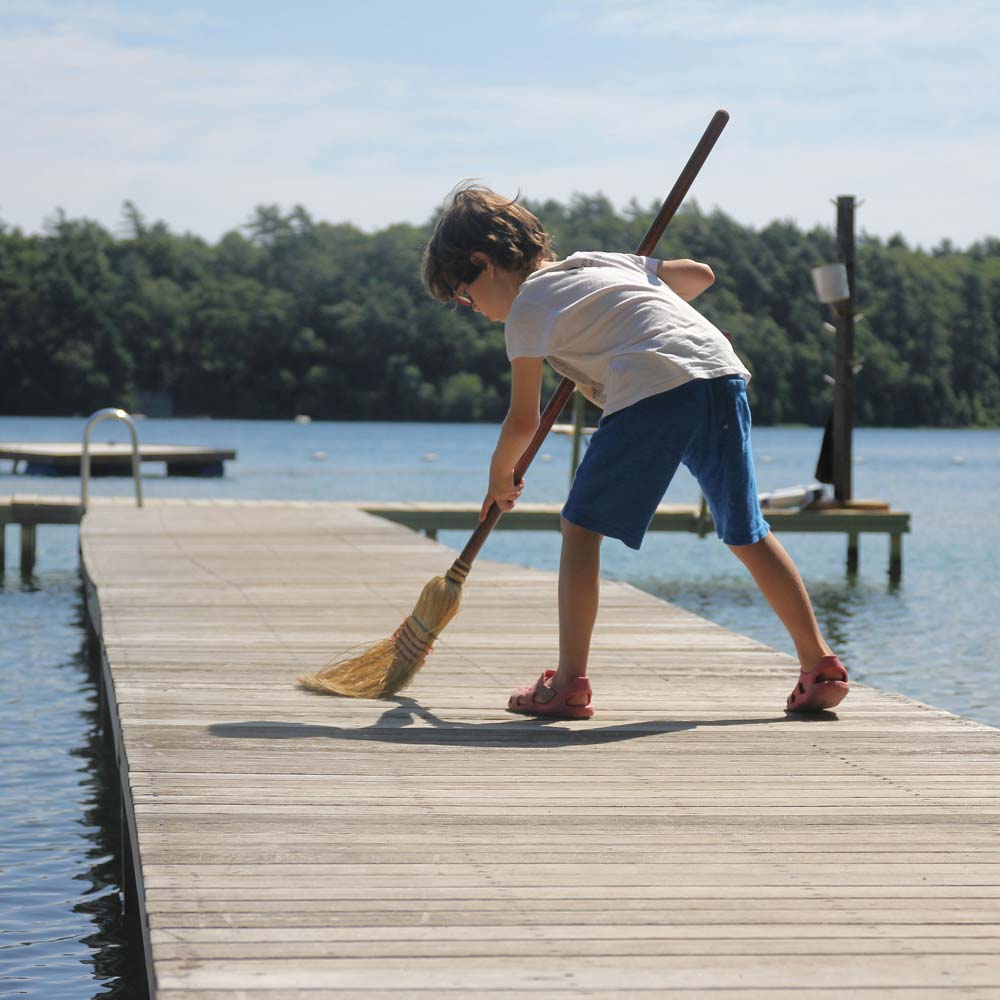
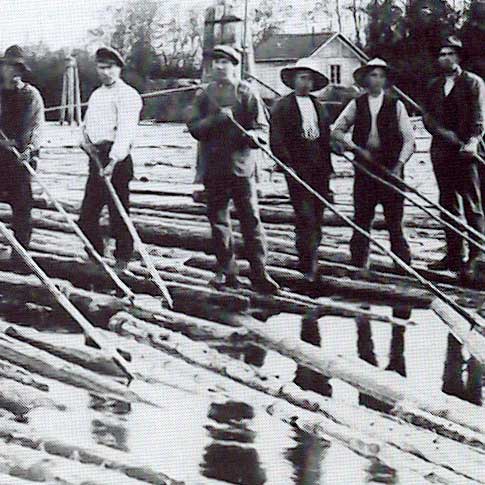
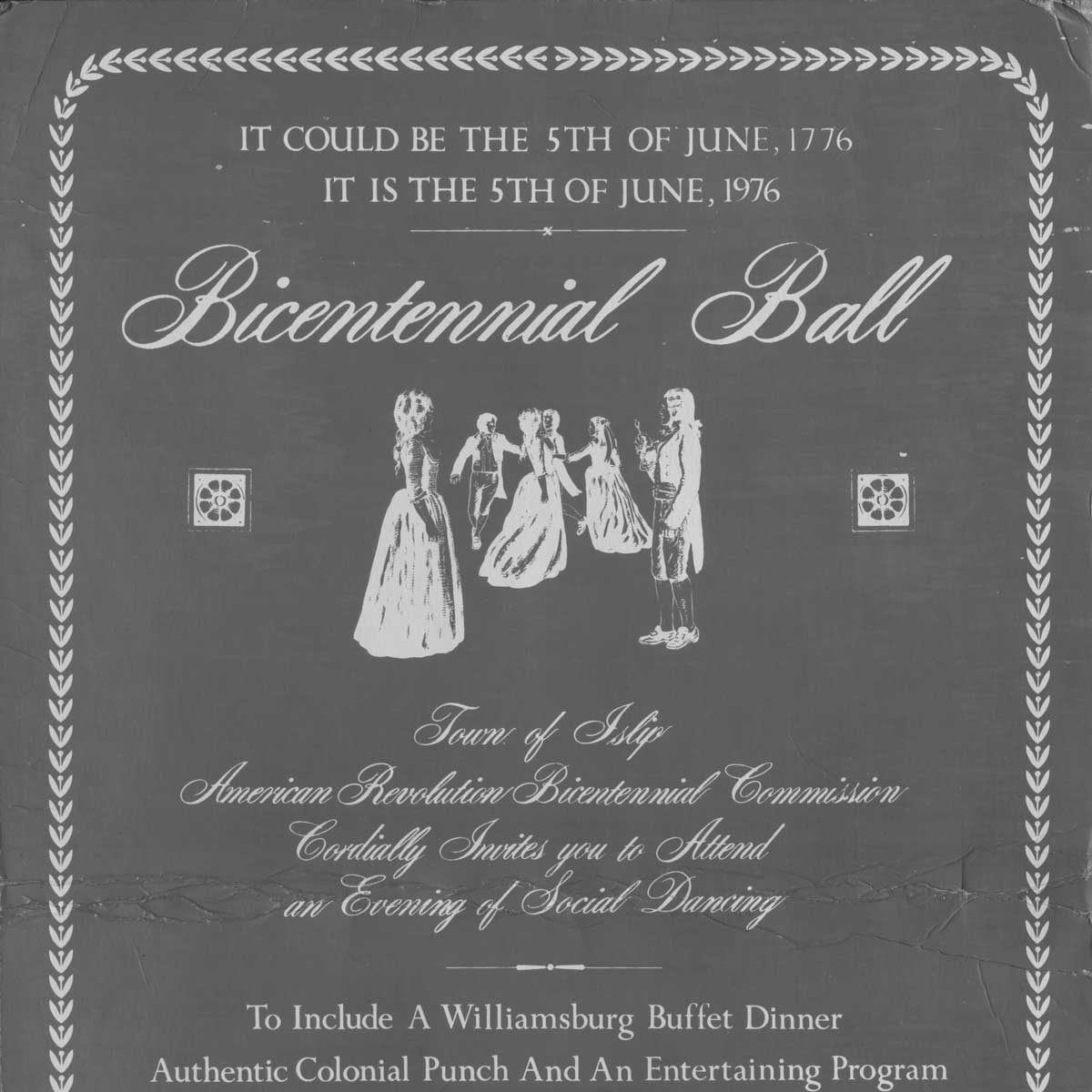
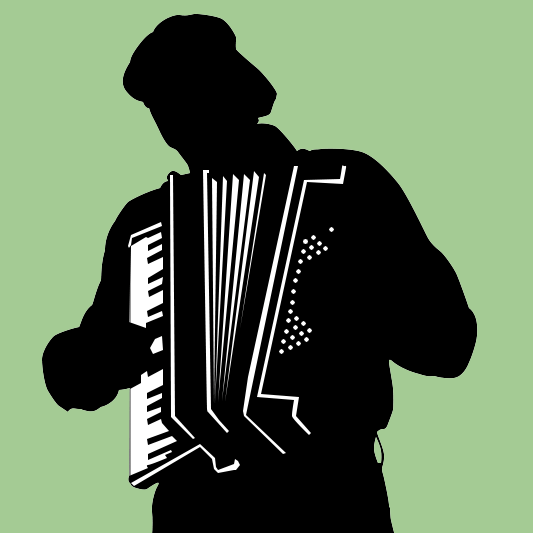
 Thanks to the Massachusetts Cultural Council for their generous support.
Thanks to the Massachusetts Cultural Council for their generous support.